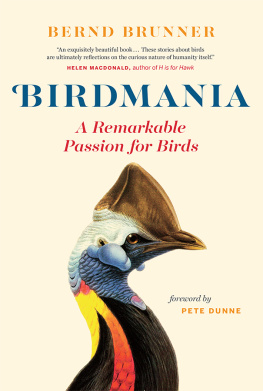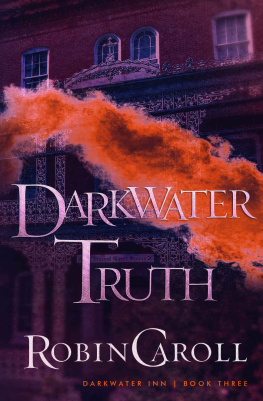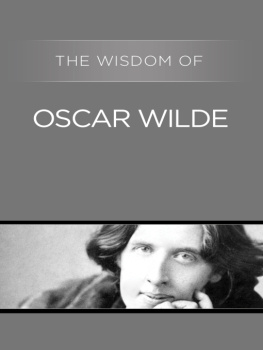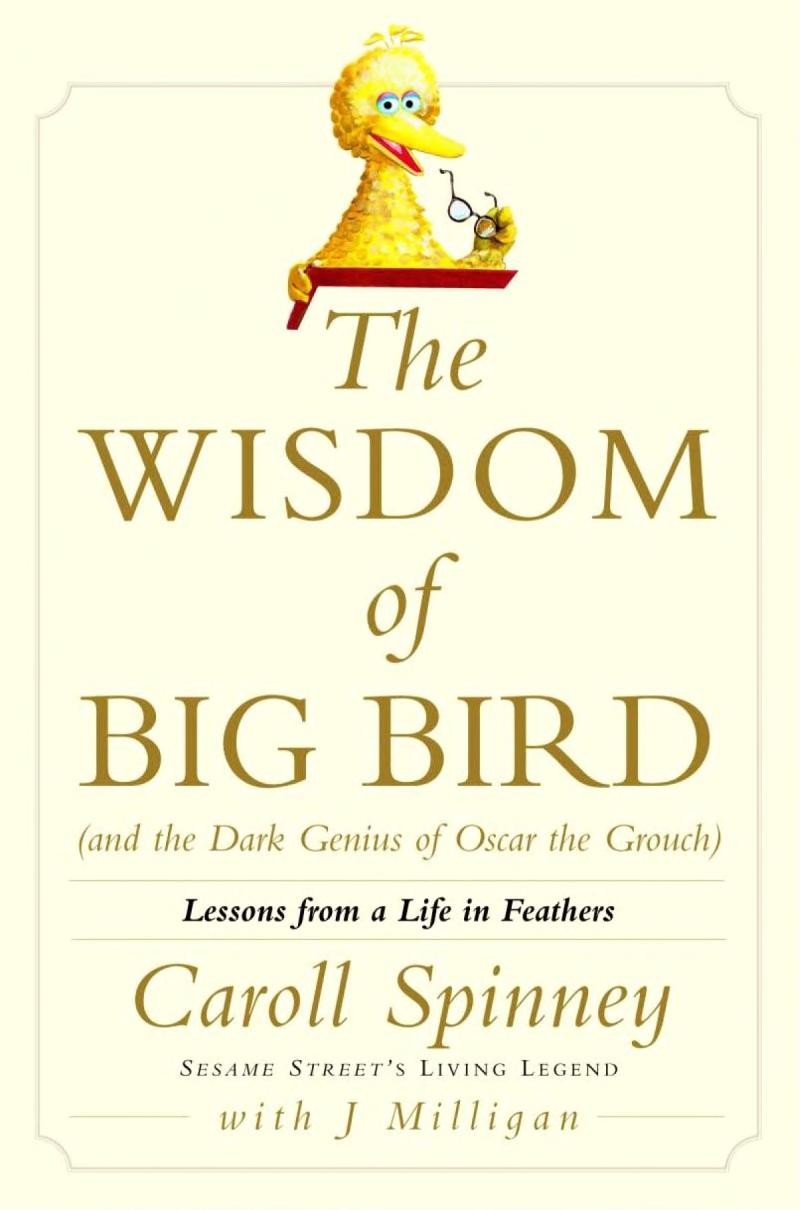
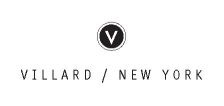
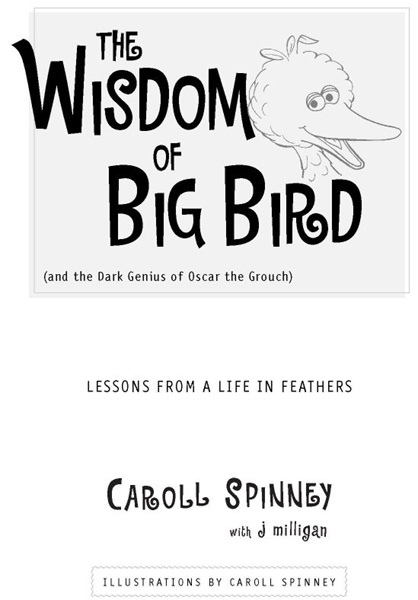
Table of Contents
This book is dedicated to my wife,
DEBRA,
who is my everything,
and to my dear friend and boss,
JIM HENSON,
who is now exploring new worlds, no doubt.
Hold fast to dreams
For if dreams die
Life is a broken-wing bird
That cannot fly.
LANGSTON HUGHES
INTRODUCTION
MY LIFE AS A BIRD
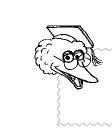
Show your true colors. Mine is yellow.
BIG BIRD
The alarm goes off. The clock says 6:00 A.M., and my wife, Debra, and I wake up in our tiny studio apartment near Lincoln Center on the West Side of Manhattan.
Its a lovely day. For a moment I wish we were at our country home in New England. But its a workday. Its time to go to Sesame Street.
I get up and put on the water for the tea.
For the first twenty-four years, Sesame Street was taped at studios in Manhattan and I would ride my bicycle to work. Then, in 1992, the show moved to the Kaufman Astoria Studios in Queens, and ever since Ive been driven to and from work in a van. Its waiting for me at a quarter to eight in front of my building, and as we drive up West End Avenue, I wave to Debi, who hangs out our thirtieth-floor window and waves back.
Some days we stop to pick up Kevin Clash, who plays Elmo. Well talk shopabout puppets, or the scripts for the day, or any special projects were working onand the thirty-minute ride goes pretty quickly. Soon were across the Fifty-ninth Street Bridge and at the studio door.
I head right to the back of the huge building, to my dressing room, where I gather my prepared scripts for the first scenes. Previously, I have cut, folded, and abridged the pages down to a size that I can fit inside the Bird with me. Six or seven pages of script have to fit on a card that is only five by fifteen inches. Perfecting this technique has made me quite an origami artist. I sometimes spend as much as three or four hours preparing the scripts for a day, and although Ive been offered help with this task, I feel that if I dont do it myself, it just wont be done right.
At two minutes to nine, I pull on Big Birds feet and legs. Theyre basically a pair of pants made of orange-dyed fleece with the feet already attached, like hip boots or big feetie pajamas. A pair of my Hush Puppy loafers is built into the foam feet, which are covered in slippers when theyre not actually seen on camera. The slippers protect the feet from getting dirty (children love to step on them while we work), and they are usually little characters in their own right, with eyes and ears, made by our clever puppet builders. My current pair is green, with floppy bunny ears.
At nine oclock the speaker in my dressing room crackles and Adam Matalon, the stage manager, says, We need the Bird on the floor, if youre ready, Caroll. Thats my cue to waddle out toward the set. In order not to trip over the big feet, I have to walk toes-out, which took me some years to learn to do naturally. I grab my folded scripts and walk past the soda machine and the coffee urns that are set up for the cast and crew, through the carpentry shop and the prop-building shop, past the control room, and onto Sesame Street in Studio G.
The set curves around itself, starting with the new Mail-It Shop and Hoopers Store on the left, followed by the Community Garden at the bend, the brownstone at 123 Sesame Street, and Oscars trash can. Big Birds nest area is around the next bend, and in the back of the studio is a large space for blue-screen or green-screen work, or sets for inserts like Bert and Ernies apartment, the Counts Number of the Day, or musical numbers. Its always easy to see where were workingits the area surrounded by three large TV cameras and a lot of bright lights. When I get there, Chuck Tutino, whos been the head utility man for all the years weve done the show, hands me my harness, or electronic bra, as we refer to it. It has my tiny TV receiver and wireless microphone strapped into a halter-type rig. Chuck helps me Velcro it to my chest, and Im ready to go.

The director leads a read-through of the scene. This is essentially our first rehearsal. We shoot so many scenes in a day and so many episodes a season that we dont have time to rehearse otherwise. During the read-through, well get the basic flow of the scene worked out and make any necessary changes to the script. Then we do it again for the cameras, and the director works out all the shots with the cameramen and the control room. When weve got it, somebody calls for Feathers! and Michael Schupbach, my assistant, brings out the puppet.
Kermit Love, who originally built Big Bird, would chastise anyone who called it a costume. Its not a costume, its a puppet, he would insist. Do not say, Put on the costume, say, Put on the puppet! But its really a brilliant combination of the two, conceived by Jim Henson. Personally, I dont mind what its called, and well refer to it interchangeably as the Bird, the feathers, the costume, or even the suit. The late Bob Myrum, who gave so much to Sesame Street as one of our directors, would always say, Bird up the suit!
The Bird sits on a two-by-four that is hinged, something like a catapult, so that it can bend over and the puppet can be removed.
Ready? asks Michael.
Everyones waiting to begin, but I cant resist starting the running joke he and I have done for years.
Hmm, I muse. Do you have anything in blue for me today?
He smiles. Blue? No. Not today. I do have something in yellow. Will that do?
Yellow, eh? Well, I was really hoping for blue, but okay. Ill take the yellow one.
Michael picks up the Bird by grasping the lower beak while the upper beak rests on his hand. Then he grabs the puppet by a little tab of cloth that sticks out from the midst of the feathers. He holds it up, and I put my hands out in the diving position and walk right in. I hold my right arm upthat becomes the Birds neck, and his head is in my hand. My little finger rests on a small lever that controls how wide his eyelids open. My thumb is in the lower jawthats how I make him speak. My left arm operates Big Birds left wing and, via a piece of monofilament, his right wing too.
I have to wear a pair of ten-dollar drugstore reading glasses to see the tiny monitor thats inches from my eyes. This is the only view I have outside the Bird; its the same third-person image that the TV cameras see, not the first-person view that were all used to using to move around. My script is attached with Velcro to its place above the monitor. The stage manager counts us down: Quiet on the set! In: Five! Four! Three!... I count the last two numbers silently in my head, and then Action! Big Bird greets the children at home, looking directly at them through Frankie Biandos Camera One.
Playing Big Bird on Sesame Street has been my job for half my lifetime. It is a fabulous careermore than I ever hoped for, yet everything I believed it could be. Going to work each day is a joy. The people I work with are tremendously talented and dedicated, and our missionto educate and inspire young childrenis extremely motivating.
Next page

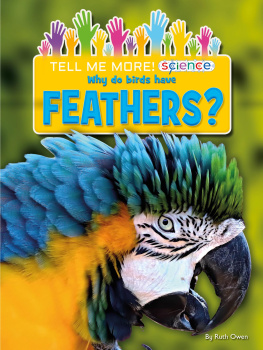
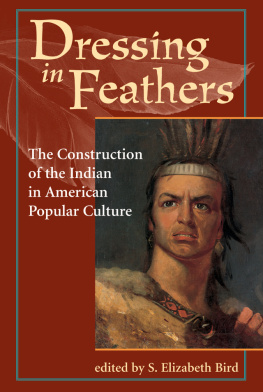
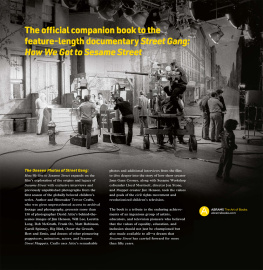


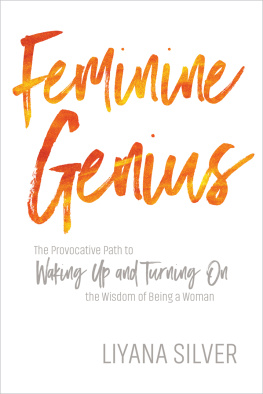
![Wilde Oscar - The secret life of Oscar Wilde: [an intimate biography]](/uploads/posts/book/228457/thumbs/wilde-oscar-the-secret-life-of-oscar-wilde-an.jpg)
